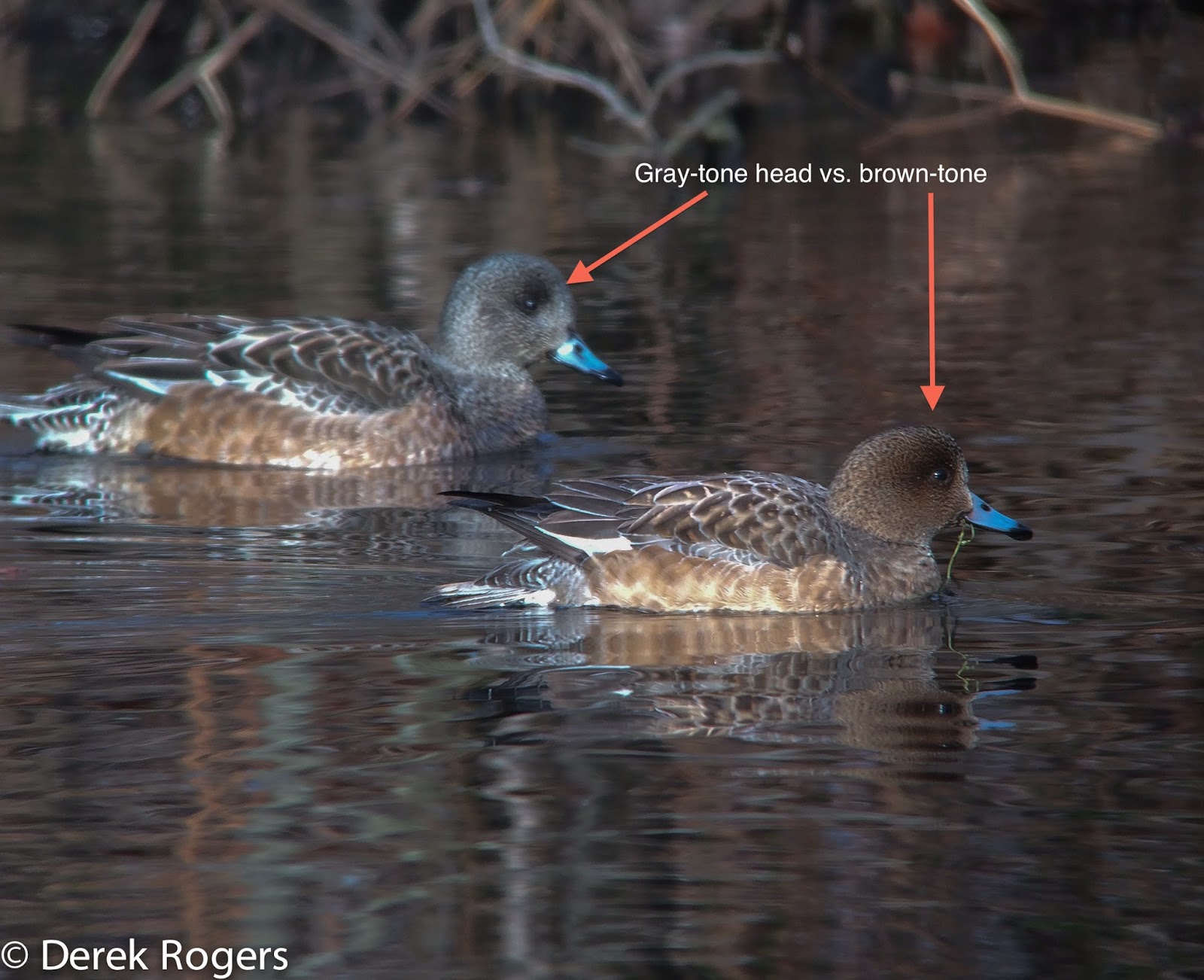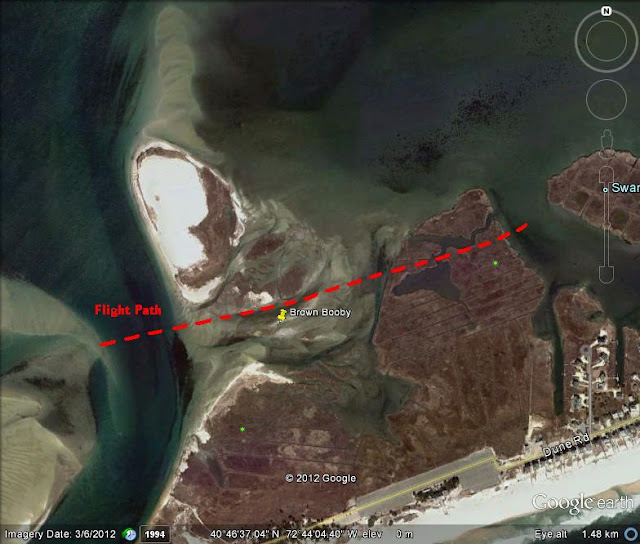Weekend Wildlife - Grey Seal & Cackling Goose
 |
| Gray Seal Pup - iScoped with Meostar S2 Spotting Scope and Meopix Adapter |
 |
| Gray Seal Pup - iScoped with Meostar S2 Spotting Scope and Meopix Adapter |
 |
| Red-breasted Nuthatch - iScoped with Meostar S2 Spotting Scope & Meopix Adapter |
I slowly made my way back to my vehicle, cut through some black pines, and found a still Red-breasted Nuthatch resting on a limb. Usually when you see a nuthatch they're either feeding, climbing or flying from tree to tree. I thought it was interesting how this little guy just sat here, waiting for a photo. The bird was quite approachable and never did budge.
My body reminded me that it was fighting a foreign parasite or bacteria and I decided it was best to bird from my vehicle for the rest of the day. Hmmm? I guess I'll go goosin' in the Calverton/ Riverhead area. I'm still not accepting the fact the Long Island still hasn't gotten its 2012/2013 season Pink-footed Goose. I haven't checked out the Riverhead herds in quite a while and decided to give it a go. I drove down Horton Avenue first and had no geese. I did find a tremendous flock of Horned Larks, somewhere in the 150 individual range. They were absent along Hulse Landing Road, or at least I didn't see them. The first sizable goose herd (750) I came across was on Roanoke Ave. They were kind of distant but close enough to sift through and I found nothing of note. I thought of one of my favored goose fields that is just east of CR-105 along the north side of Sound Avenue. This field undergoes some serious hunting pressure, but now that the season is over I was hoping to score some geese. Bingo, there were easily one thousand geese in the field when I arrived. As soon as I set up my scope, within 5 seconds of scanning, I had a really nice Cackling Goose showing a perfect broad, white neck collar. I've never actually gotten to see this feature on a Cackling in the field, so I was super excited. Not all Richardson's Geese show this feature. In fact, a smaller percentage of the population is thought to. White neck collars are more evident on Cackling Geese of the Aleutian population. Aleutian birds will show much darker overall with a more square head shape. Aleutian subspecies' white collars usually connect around the entire neck. There are several other features used to distinguish these two subspecies that I won't mention. You can see that the neck collar on the bird below is broken toward the back of the neck by black. This bird was at a perfect range for iScoping with my Meopta set up. Well, you can always be closer but not worth the risk when it comes to geese. They are quite aware of your presence and only have so much of a comfort zone.
 |
| Richardson's Cackling Goose with white neck collar - iScoped with Meostar S2 Spotter and Meopix Adapter |
 |
| Richardson's Cackling Goose with white neck collar - iScoped with Meostar S2 Spotter and Meopix Adapter |
 |
| Richardson's Cackling Goose with white neck collar - iScoped with Meostar S2 Spotter and Meopix Adapter |
I finished up my scan with no other uncommon geese, other than an odd looking Canada Goose with a light yellow bill.




Hi Derek,
ReplyDeleteMy name is KC Owens, I’m a college student and I love to travel! While cruising the Internet, I found your site and really enjoyed reading your posts. I have been to countries all over Europe with just my backpack and a camera. Since I am a college student and I have significant bills, it can be difficult to find ways to travel the world. However, I have done this several times, with less than ten pounds of luggage and while on a college dime!
I was hoping that you would allow me to write a post for your site to share my tips and tricks with your readers. I put a lot of time into my traveling, it is my biggest passion and I would love to inspire others by sharing my stories, mistakes and triumphs. I look forward to hearing from you!
Best,
KC Owens